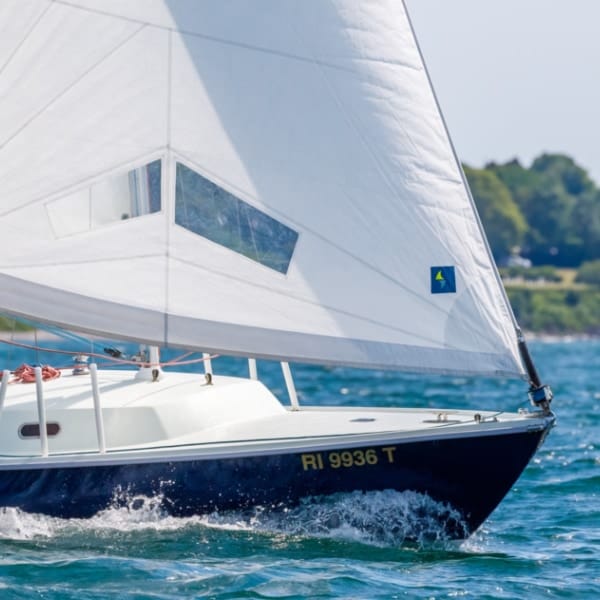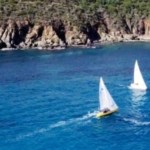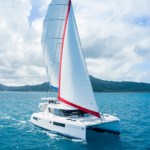Instructor Qualification Clinic (IQC) Study Guide
There are three areas of competence that must be met to achieve the Celestial Navigation Instructor certification (ASA 207). The Celestial IQC is designed to test these three areas by examination, observation and evaluation.
- You must pass the ASA Celestial written exam with a score of 90% or greater.The celestial exam will focus on your ability to work with the Nautical Almanac, HO 229 and HO 249 sight reduction tables, the Star Finder (2102-D) and your ability to plot estimated positions and celestial fixes on standard plotting sheets, among other basic celestial skills.Expect to spend 4-5 hours to complete this exam. You may want to bring a lunch. The time limit to complete the exam is 7 hours.
Be sure to bring your own CURRENT Nautical Almanac, plotting tools and plotting sheets. A non-programmable calculator is acceptable. Sight reduction forms are acceptable provided that they are not instructional in nature. Acceptable forms can be found in the Appendix of A Star to Steer Her By which is part of the ASA publications list. All other forms must be approved by the IE.
- You must demonstrate a practical ability to identify stars, use the sextant, and obtain a celestial fix for a current date (in real time). Expect to be asked by the IE to set up the Star Finder for the current date. Plan to calculate the time of apparent noon based on your longitude. Be prepared to shoot a number of stars and/or planets using the horizon or an artificial horizon.Finally, you will be asked to plot your observations and mark your celestial fix. Your fix must be within a reasonable distance from your actual location. The reasonable distance will be determined by the IE with consideration given for weather conditions, boat stability, etc.
Note: The practical evaluation may or may not take place on a vessel. The IE may choose to do work from a beach or do backyard observations using an artificial horizon or a simple quadrant type device.
- Finally, you must demonstrate an understanding of the subject that leaves little doubt to the IE that you can effectively teach the subject matter. Unfortunately (or fortunately), this requires a more subjective decision by the evaluator.
As with all Instructor certifications, you will be asked to give a teaching demonstration. The topic may be pre-assigned or not. Teaching demonstrations are a method by which the IE can evaluate your depth of knowledge. Be prepared to answer questions during your demonstration to reveal your understanding of the subject.
However, teaching demonstrations are only one method to evaluate your understanding of celestial navigation. During the course of the IQC, there may be adequate time for the IE to discuss celestial navigation theory with you.
It is likely that the IE will be able to judge your depth of knowledge by simply discussing with you how to read the Nautical Almanac, how to use various sight reduction tables, how to make adjustments to the sextant, etc. Through this process, the IE may waive your teaching demonstration because (A) you are not ready to become an instructor or (B) the IE already believes you will be an effective Celestial Navigation Instructor.
The following is a list of topics on which you could be asked to do a teaching demonstration. It is likely that the IE will want to discuss some of these with you in addition to your teaching demonstration. This is not a complete list, but demonstrates the depth of knowledge expected from Celestial Instructor candidates.
- Explain why exact time is required to find longitude, but not latitude
- Discuss and explain the equation of time and its relationship to apparent versus mean solar time
- State the difference between a sextant and an octant or quadrant.
- Explain the tradeoffs when considering buying and using a plastic versus metal sextant, including price, accuracy and reliability
- Regarding different sight reduction methods, discuss the differences in the quantity of required reference materials and any tradeoffs with accuracy between using (1) NAO tables, (2) HO 249 and (3) HO 229
- Explain why the LOP is ãtowardä a star when the Ho is greater than the Hc.
- Locate the star Polaris in the night sky
- Identify three constellations in the night sky
- Demonstrate the proper use of a sextant to determine latitude, either by day or by night
- Demonstrate the proper way to read the Vernier scale on a sextant
- Demonstrate how to make basic sextant adjustments
- Demonstrate a procedure to avoid student eye injuries while making sun sights
- Demonstrate where one could find the following resources on the Internet:
- (a) Sight reduction calculator
- (b) Nautical Almanac
- (c) Current map of the night sky for one’s current location
- (d) online stores or auction sites where students might purchase a sextant
Suggested Schedule
| Day 1 | |
|---|---|
| 09:00 | Introductions, Calculation of Apparent Noon Noon Take Noon Sight, Calculate Noon Latitude |
| Lunch | |
| 13:30 | Set up Star Finder and Plan for Twilight |
| 15:00 | Sun Shot (and Moon if available) |
| 16:00 | Teaching Assignments and Theory Discussions |
| Twilight | Twilight Observations |
| Dinner | |
| Evening | ‘My Fix’- Reduction and Plotting of Sights Made |
| Day 2 | |
|---|---|
| 09:00 | ASA Celestial Exam |
| Lunch 1 hour | |
| 14:00 | Teaching Demonstrations Begin (Note: if teaching Demonstrations begin while some candidates are still taking the exam, all care with be taken so as test takers will not be distracted by demonstrations) |
| 17:00 | End of Celestial Exam |
| 18:00 | Individual Consultations |
Suggested Study Texts
- Celestial Navigation
- A Star to Steer Her By
- Celestial Navigation in a Nutshell
- 100 Problems in Celestial Navigation
- The Yachtsman’s Guide to Celestial Navigation
- The Marine Sextant (Bowditch)
- Dutton’s Navigation and Piloting
- The Stars (H.A. Rey)








